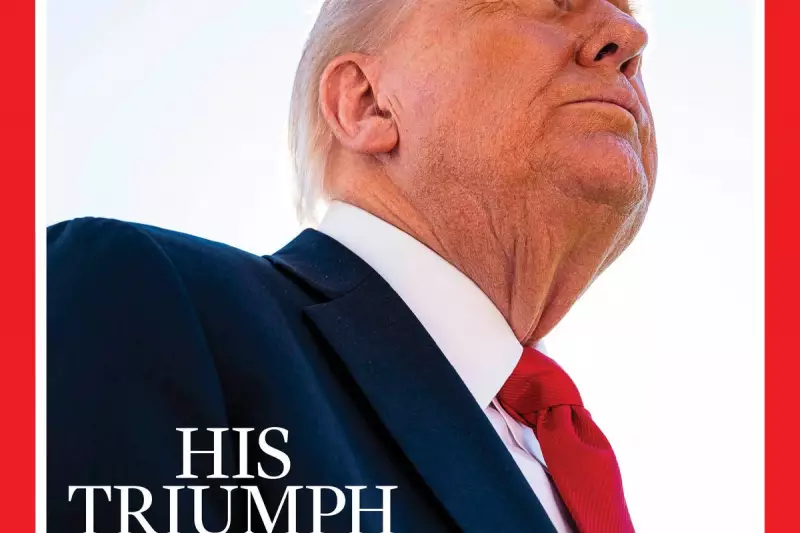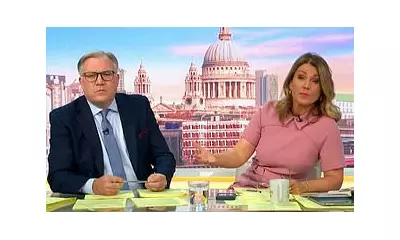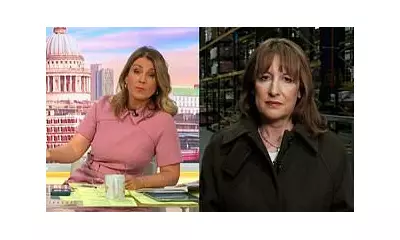
Donald Trump has ignited a fresh political storm after sharing a digitally altered TIME magazine cover on his Truth Social platform, prompting widespread debate about authenticity in political messaging.
The Controversial Post
The former US president posted what appeared to be a recent TIME magazine cover featuring his image, accompanied by text suggesting it was a current publication. However, investigation reveals the cover is from May 2023 and has been significantly modified from its original version.
Anatomy of the Alteration
Close examination shows several key changes from the authentic May 2023 cover:
- Removal of the original headline 'The Incredible Shrinking Man'
- Elimination of the magazine's dateline
- Addition of text implying current relevance
- Maintenance of Trump's portrait while stripping contextual elements
Historical Pattern of Misrepresentation
This incident follows a concerning trend where Trump has previously displayed fabricated magazine covers. In 2017, he showcased fake TIME covers at multiple properties, later claiming they were legitimate 'covers of Time.' The magazine was forced to issue corrections clarifying these were internal mock-ups, not published editions.
Broader Implications
The repeated use of manipulated media raises serious questions about:
- Transparency in political communication
- The erosion of trust in visual media
- Ethical boundaries in digital content sharing
- The challenge of distinguishing fact from fiction in political discourse
As digital manipulation tools become increasingly sophisticated, this incident highlights the growing difficulty for the public to discern authentic media from carefully crafted political messaging.





